There can be your advertisement
300x150
5 Reasons to Add Natural Elements to Home Design
Creating home design is an opportunity for creativity and innovation. However, many forget about the importance of bringing nature into their homes.
In modern architectural design, there are many opportunities to incorporate natural elements into residential buildings. Sustainable design practices are essential for preserving areas both nearby and far from home.
Through green building practices, designers can create homes that are unique, durable, and sustainable.
From color to plants—here are five reasons to add natural features to new construction projects.

1. It Improves Mental Health
The average American spends over seven hours a day in front of screens; for many, this is inevitable. With the rise of computer-based professions across all fields and students using computers for learning from an early age, reconnecting with nature is important.
Environmentally natural elements help people rest and recover in a world of tired eyes and mental stress.
Research shows that being near plants, natural elements, and earth tones helps maintain mindfulness throughout the day.
Large windows provide more natural light, regulating circadian rhythms and reducing symptoms of anxiety and depression. This design is especially beneficial for people with seasonal affective disorder.
Some studies indicate that children with attention deficit (ADHD) benefit from being near natural elements, reducing their symptoms.
2. It Improves Physical Health
More than half of Americans live with chronic diseases, many of which can be prevented. With the rise in heart disease and type 2 diabetes, people with low incomes, minorities, and those living with disabilities often face challenges in preventing and treating these conditions.
Being in nature-based design can promote healing and prevent chronic and other forms of illness. These elements lower heart rate and blood pressure, relax muscles, and improve recovery outcomes.
All of this happens due to the calming effect of natural colors and elements on the mind, reducing stress hormones that can worsen illness symptoms. Some plants can purify the air, increasing oxygen you get at home, school, or work.
Being among natural elements is a free way to improve symptoms of illness.
3. It Reduces Carbon Emissions
Including nature in the home is part of biophilic design, which benefits both human health and the environment.
When builders use natural sustainable elements in their projects, they reduce carbon emissions from producing and disposing of artificial single-use materials like brick, concrete, and plastic.
Living with nature rather than apart from it can support clean air, preserve natural resources, and reduce climate change.
4. It Looks Better
Modern homes can seem dull without proper accents, and a little nature can make any home better.
Earthy tones are attractive colors that contrast with brighter and cleaner ones. These colors can add breathability to a home, serving as a stress-reducing tool for everyone inside.
Using plants as décor adds vibrant colors, creating spaces that feel alive and reduce monotony in any room. With many options, designers can experiment with form, size, and color.
Natural materials also add unique texture to the home, creating visual interest and a positive sensory experience. Furniture or art made from wood, stone, and clay can make the home more interesting while remaining a calm and restorative place.
5. It's Cost-Effective
Although natural sustainable materials may cost more upfront, long-term savings make the choice more favorable.
Natural lighting and sustainable windows can significantly reduce energy costs by illuminating the home without turning on artificial lights. Combined with multi-panel windows, homeowners can benefit from natural light without sacrificing warmth, ventilation, and HVAC.
Earth-based materials are strong and typically hold up better over time compared to derived materials with proper maintenance, leading to fewer repairs during the owner's occupancy.
Ways to Incorporate Natural Elements into Design
There are many ways to use natural elements in home design. Here are a few things to consider:
-
- Using wood and reclaimed materials for framing.
- Planning spaces for greenery throughout the home.
- Creating large windows in areas with maximum light, leaving room for curtains, blinds, or drapes.
- Using natural wood and stone when planning cabinets or kitchen countertops.
- Planning automatic faucets to save water.
- Using thicker doors for better insulation with tight sealing against the frame.
- Strategically placing trees to provide shade around the entire exterior perimeter, offering natural cooling in summer.
- Consider adding garden beds easily accessible from windows.
- Ensure ventilation throughout the home for faster cooling and temperature maintenance using heating or air conditioning systems.
- Use eco-friendly paints on walls and ceilings, with water-based finishes on floors.
- Use local materials.
Applying Sustainable Practices in Home Design
Sustainable architecture and design are essential for preserving the environment. Since construction contributes to 40% of carbon emissions in the atmosphere, it's important to carefully choose eco-friendly elements for every building to create well-designed structures that protect the future.
More articles:
 100+ Independence Day Wreaths for Celebrating America with Style
100+ Independence Day Wreaths for Celebrating America with Style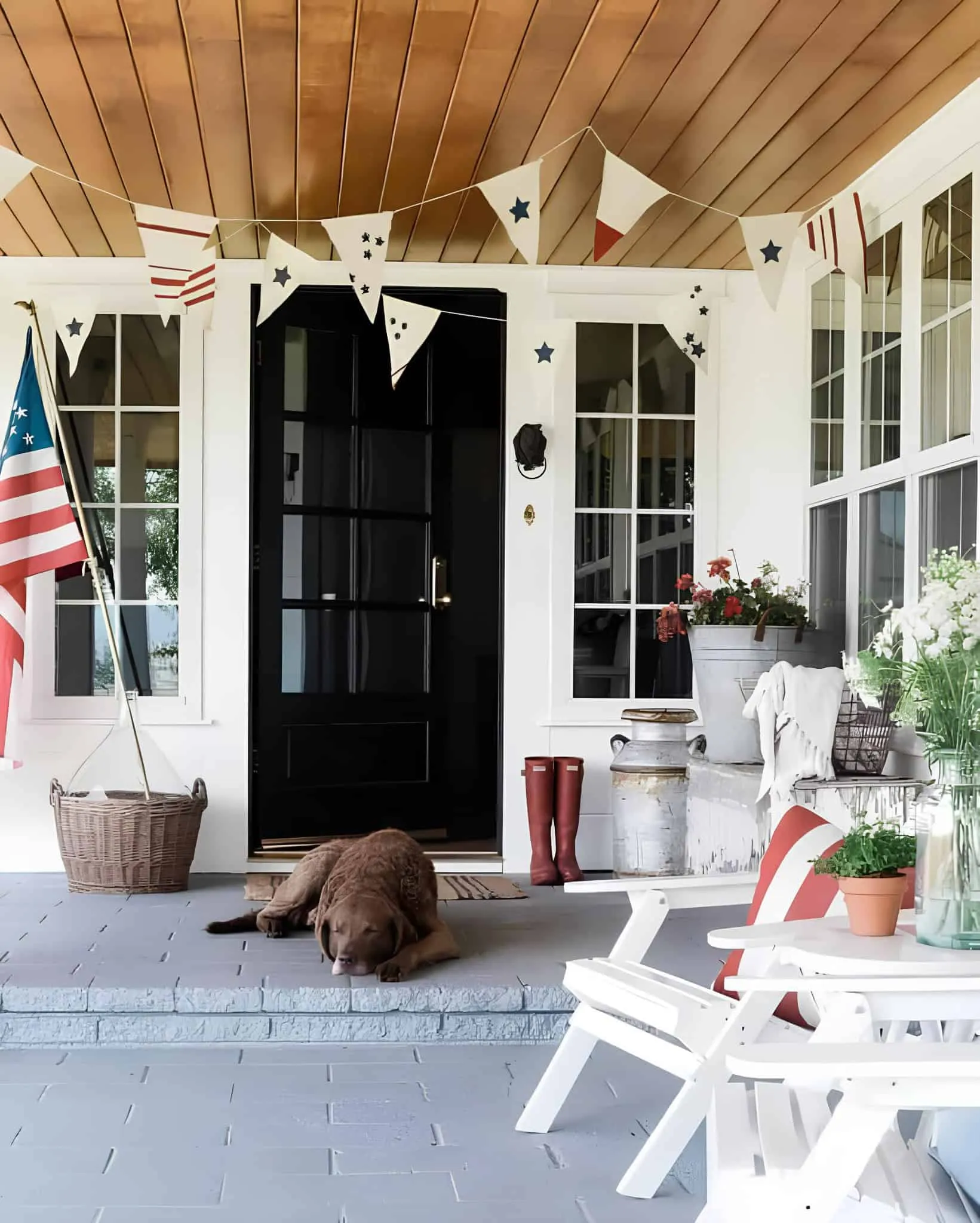 70+ Patriotic Crafts for Independence Day That Will Inspire and Ignite Creativity
70+ Patriotic Crafts for Independence Day That Will Inspire and Ignite Creativity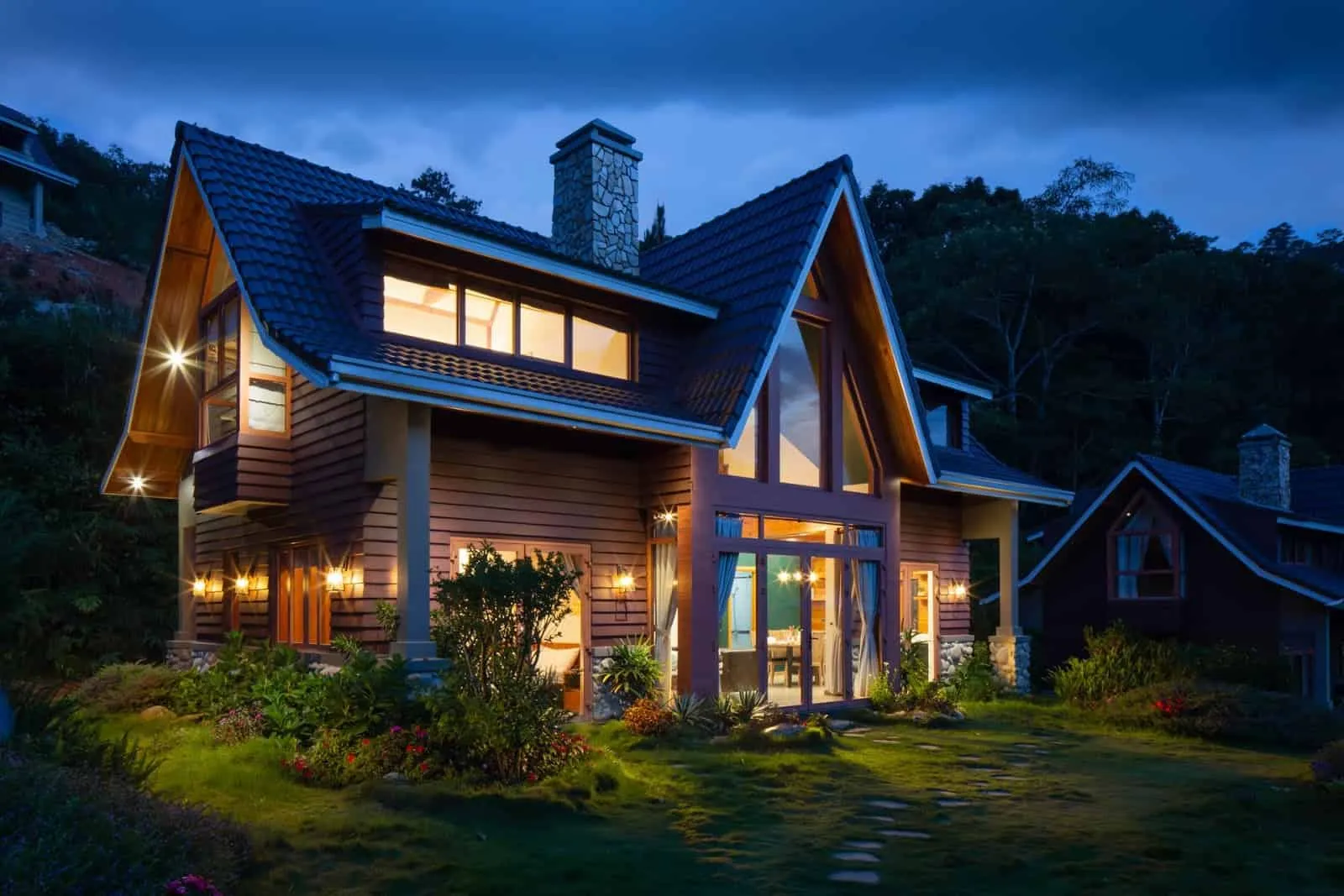 5 Additions to Consider When Building a House
5 Additions to Consider When Building a House 5 Architectural Elements of a Modern School
5 Architectural Elements of a Modern School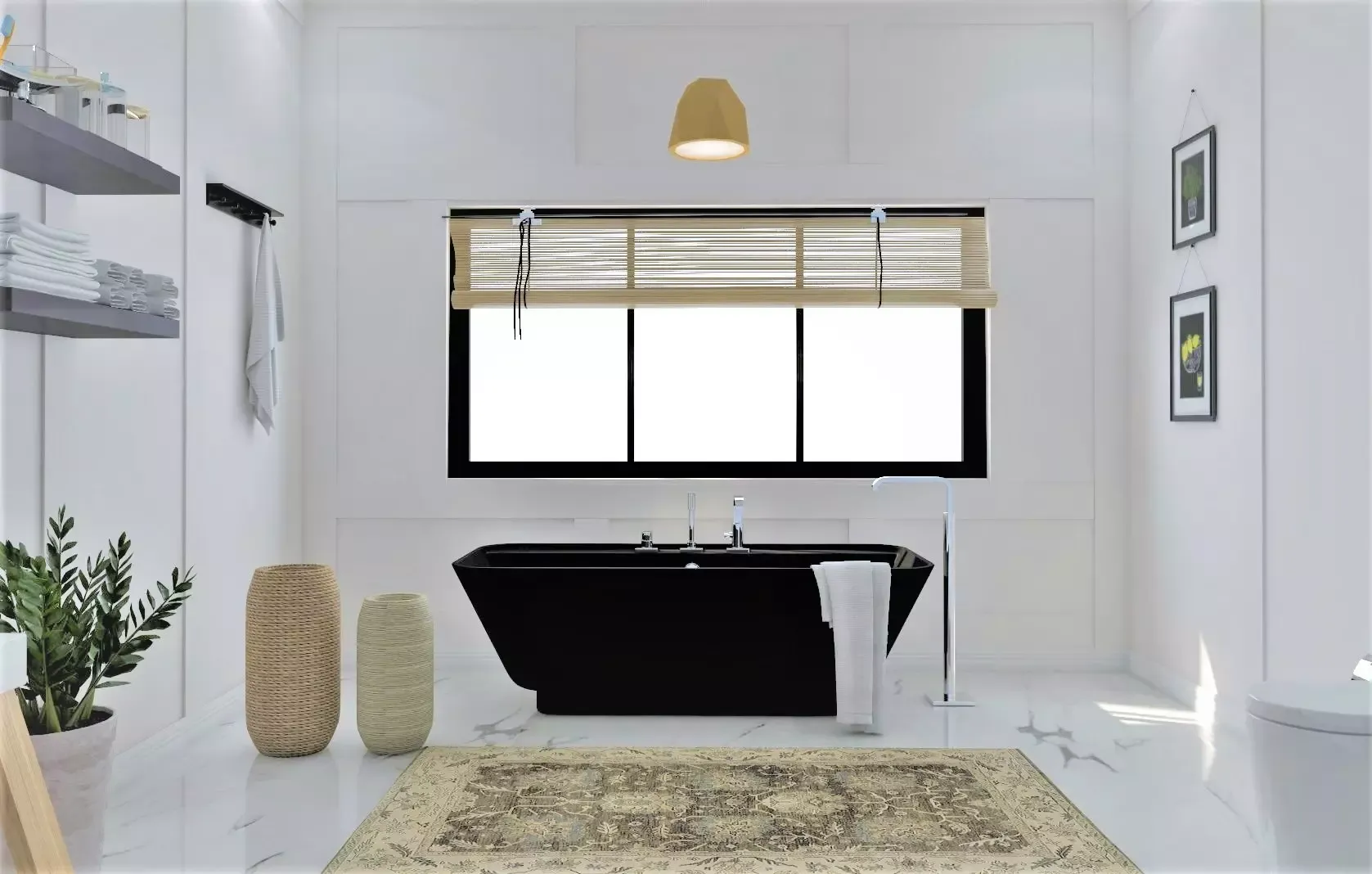 5 Common Mistakes in Bathroom Design to Avoid
5 Common Mistakes in Bathroom Design to Avoid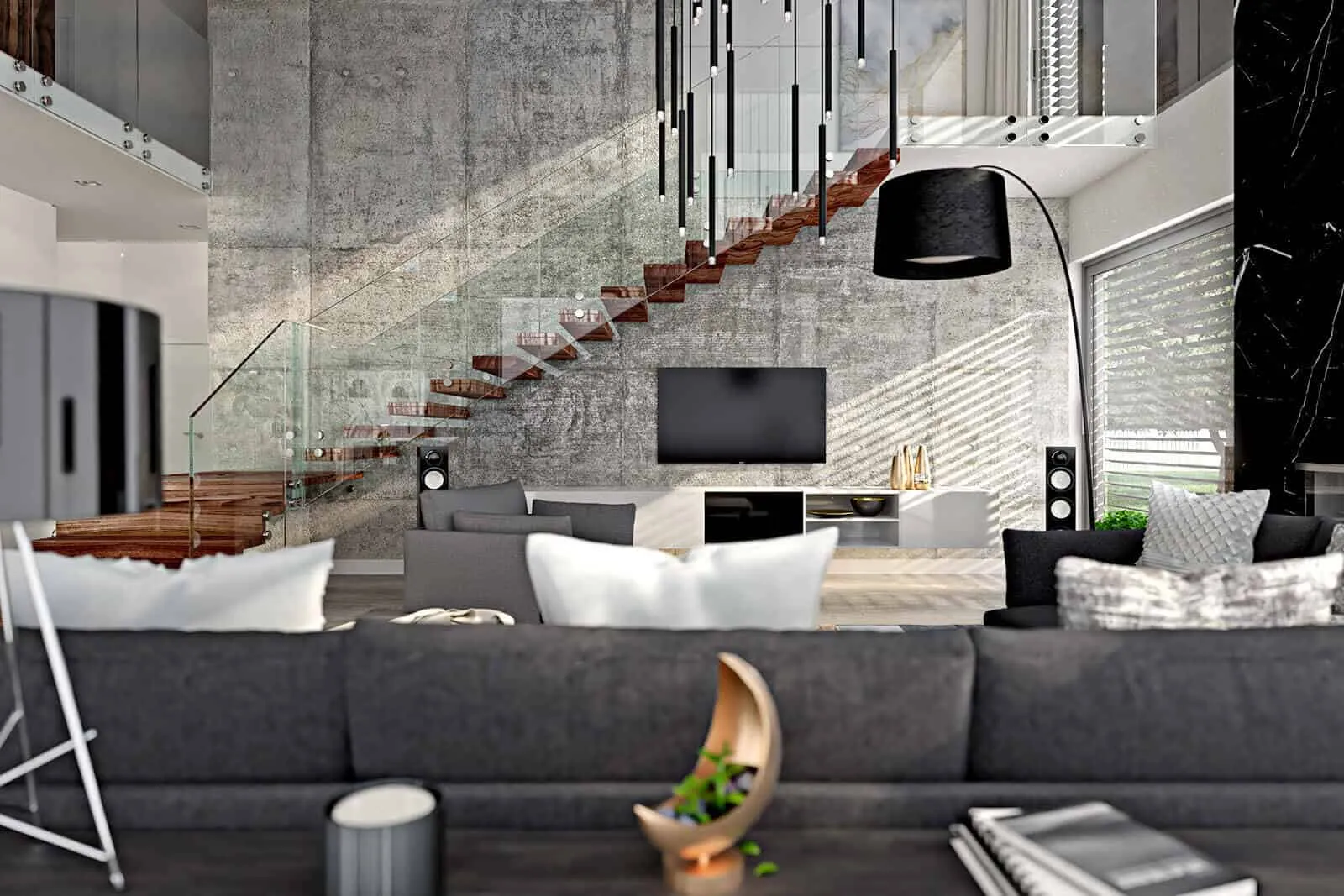 5 Advantages of 3D Visualization for Interior Design Planning
5 Advantages of 3D Visualization for Interior Design Planning 5 Advantages of Using Long-Term Storage Units
5 Advantages of Using Long-Term Storage Units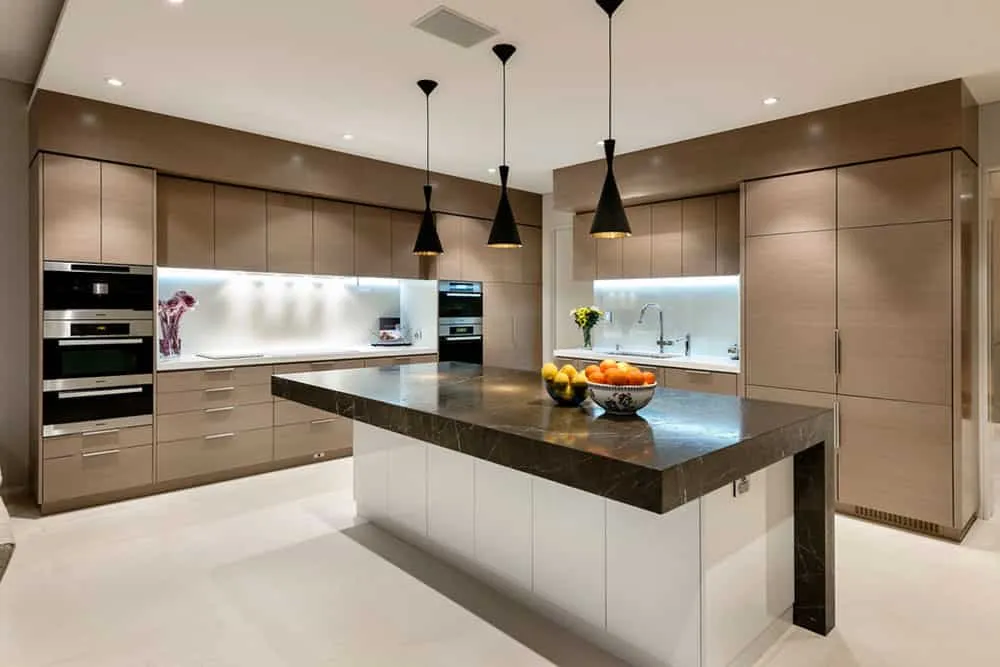 5 Best Kitchen Design Ideas
5 Best Kitchen Design Ideas